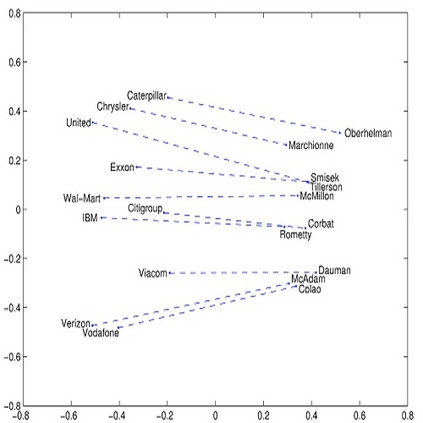In this paper, we report our discovery on named entity distribution in a general word embedding space, which helps an open definition on multilingual named entity definition rather than previous closed and constraint definition on named entities through a named entity dictionary, which is usually derived from human labor and replies on schedule update. Our initial visualization of monolingual word embeddings indicates named entities tend to gather together despite of named entity types and language difference, which enable us to model all named entities using a specific geometric structure inside embedding space, namely, the named entity hypersphere. For monolingual cases, the proposed named entity model gives an open description of diverse named entity types and different languages. For cross-lingual cases, mapping the proposed named entity model provides a novel way to build a named entity dataset for resource-poor languages. At last, the proposed named entity model may be shown as a handy clue to enhance state-of-the-art named entity recognition systems generally.
翻译:在本文中,我们用一个通用的单词嵌入空间来报告关于名称实体分布的发现,这有助于通过一个名称实体字典对名称实体的多语种实体定义作出开放定义,而不是通过一个名称实体字典对名称实体作出以前封闭和约束性的定义,该词词典通常来自人类劳动和对时间表更新的答复。我们最初对单语词嵌入的视觉化表明,尽管有名称实体类型和语言差异,但名称实体往往会聚集在一起,这使我们能够用名称实体高端空空间内的具体几何结构来模拟所有名称实体。对于单一语言案件,拟议的名称实体模式对不同名称实体类型和不同语言作了公开描述。对于跨语言案件,对拟议的名称实体模式进行测绘提供了为资源贫乏语言建立名称实体数据集的新方式。最后,拟议的名称实体模式可以作为方便的线索,用来普遍加强名称实体识别系统。



